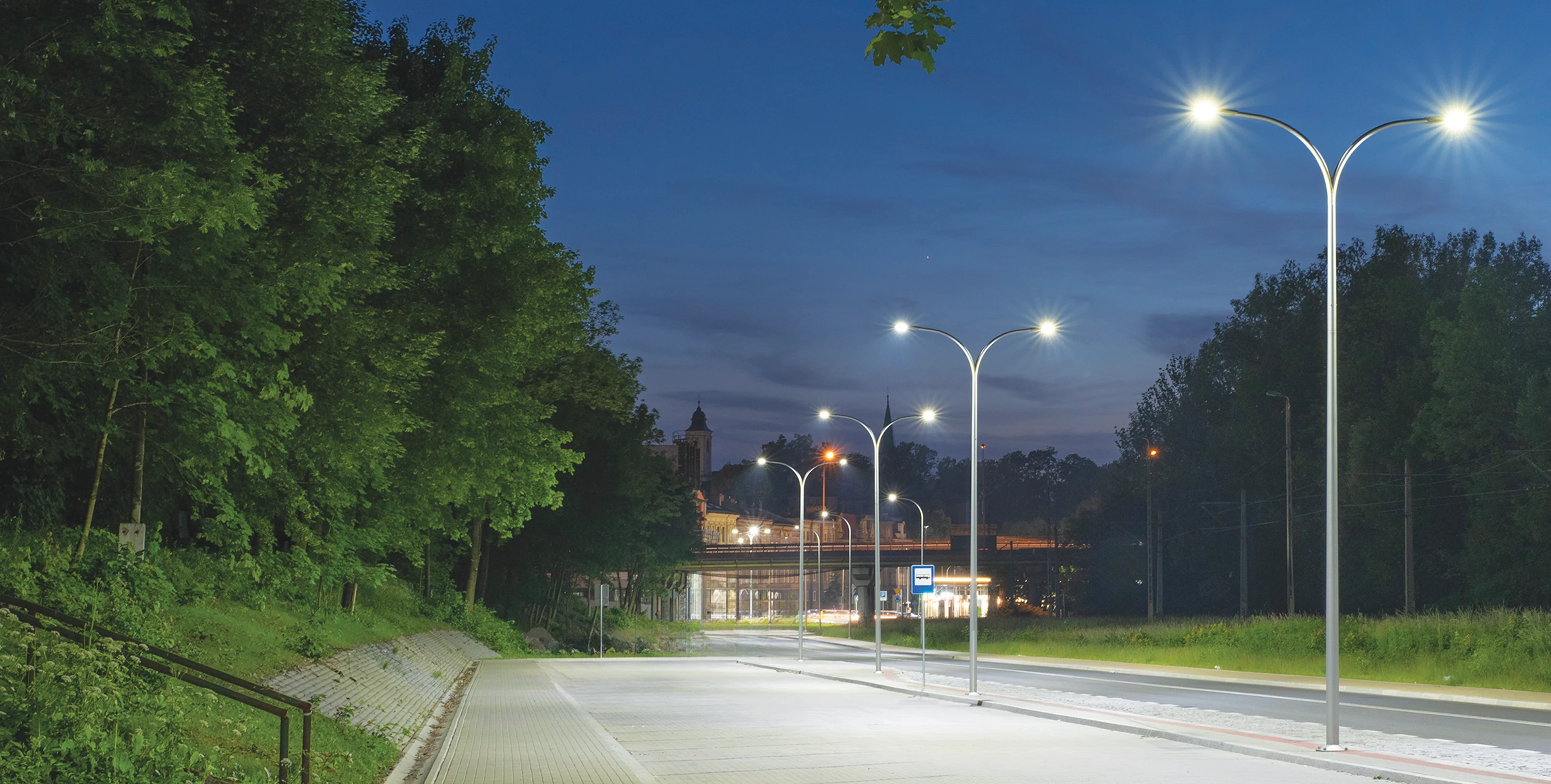

Earthing is not just a technical requirement, but a key element to ensure the reliability and safety of your installation. Learn why proper earthing of anodised aluminium columns is important and how to do it effectively.
- Home
- Knowledge zone
- Earthing of ROSA anodised aluminium columns